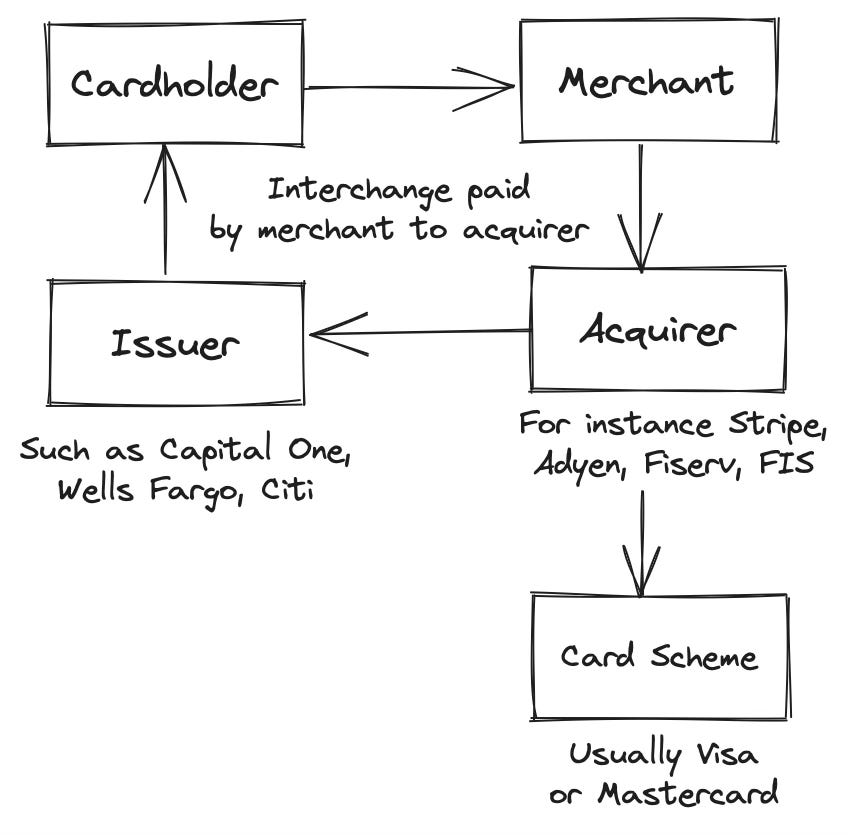How credit card rewards work
Taking a look at the business model of credit card rewards. Highlighting some key differences present in the USA, the UK, and Indonesia.
For the consumer, credit card rewards are great. Just by using a particular card to pay for goods or services, we can get the product we want, and additional benefits too. These rewards often come in the form of air miles - airline loyalty points, cashback, rebates or some other benefit.
If I pay with a debit card, a credit card, cash, or some other means, the retailer still gets the money. But specifically with a credit card the consumer may also gain extra perks. So how does this work? Rewards are possible due to the business model of card payments.

Wherever card payments occur, the same core business model is in play. But when it comes to rewards, some markets are more lucrative than others. Regulations affect rewards, and individual markets vary. It’s interesting to look at examples of how countries rewards markets have evolved differently, but firstly, let’s understand the business model that makes credit card rewards possible.
What’s the business model?
We can separate the business model for credit card companies into four distinct revenue streams:
A fixed annual or monthly fee, sometimes known as a membership fee.
Interest fees.
Interchange fees.
Ad-hoc fees, including foreign exchange fees, when a card is used abroad.
The most important of these fees for our discussion is interchange. Interchange fees vary between countries, but interchange is present alongside every transaction. One of the most straightforward explanations interchange can be read in the post Interchange in 1,000 words on Notes by Matt Brown:
Merchants pay a small fee to accept card payments. This fee is split among the intermediaries that move the money from your account to the merchant. Those key intermediaries are the:
issuer, which markets to cardholders, issues them cards, and manages their accounts
acquirer, which enables merchants to accept card payments
scheme, or network, which connects issuers and acquirers, and sets rules for the transactions between them
We’ve mentioned card acquirers in previous posts, such as when looking at how software disrupts payments, or how banks can be a payment processor.
The acquirer is the one who charges the merchant, and they deposit to the merchant’s bank account the transaction value minus the processing fee. The acquirer keeps a margin, and sends part of the processing fee to the card issuer and the card scheme.

In the below example of a $100 purchase, the merchant is charged 3% for payment processing - so they receive $97 into their bank account. The card acquirer takes their margin of %1.05, the card network %0.25 (usually Visa or Mastercard), and the card issuer takes %1.70. It’s clear that the largest share of the revenue on a card payment transaction is the interchange fee.


